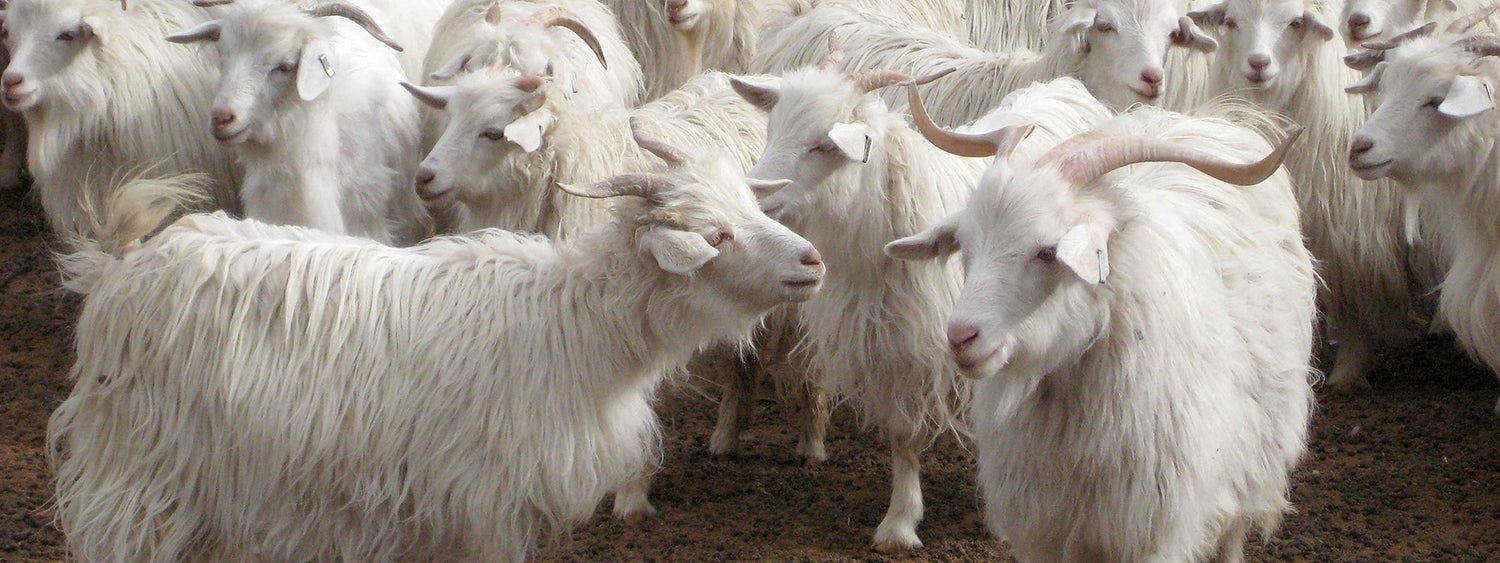Pashmina Know How
Pashmina is a specific hand spun woolen material that is extracted manually from the “Changthangi” goats living in the cold belt of Himalayas. The delicate texture and its rarity makes it an opulent and indulgent accessory. This crafted with embroideries has been adorned by royalty for centuries.
Every cashmere is pashmina but the opposite is not true. The pashmina procured from downy undercoat of these coats of domesticated goats in Kashmir is referred as ‘cashmere’.
The pashmina wool undergoes a series of treatments before it becomes ‘fit’ to be woven into a fibre. The processes of dehairing, segregating, cleaning, washing and spinning on spindles makes it into a viable fiber. This is then interwoven into different lengths either by power (machine) or hand (woven).
The hand spinning part requires skilled craftsmanship as it is a centuries old technique requiring knowledge and precision. This is an integral community work mostly carried out by weavers of Ladakh and Kashmir.
The purity of pashmina can ONLY be tested in a laboratory recognized by the Industries and Commerce Department of India. Tests like fibre diameter, yarn diameter, length, wool adulterant, Thermal analysis, et. cetera can only verify the quality and ratio of pashmina in a material.
Only very skilled and experienced people in the trade can judge the quality of pashmina by merely touching and rubbing it. Even then, they can only know whether pashmina yarn is actually present in the fabric.
